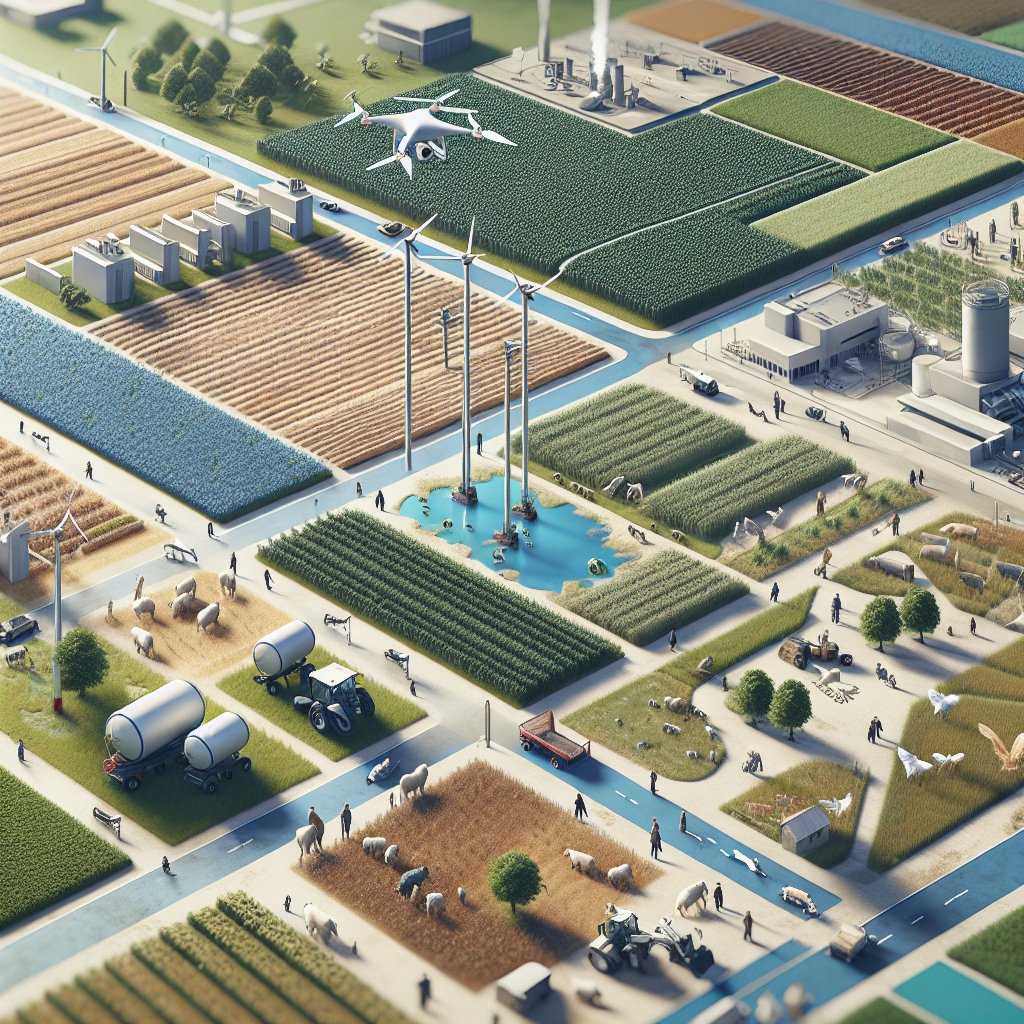The adoption of sustainable farming methods is reshaping how the world meets growing food demands. Biofertilizers harness the power of beneficial microorganisms to boost plant growth and enhance soil fertility. Their integration into modern agriculture reduces dependency on synthetic chemicals, improving long-term productivity while minimizing negative environmental impact. This article explores the science behind biofertilizers, various types and mechanisms, their advantages across different cropping systems, and the challenges faced during large‐scale adoption.
Understanding Biofertilizers
Biofertilizers are preparations containing live or dormant cells of microorganisms that, when applied to seeds, plant surfaces, or soil, colonize the rhizosphere or the interior of the plant and promote growth through the supply of nutrient availability or by stimulating plant metabolism. Unlike chemical fertilizers that directly supply inorganic nutrients, biofertilizers operate by biological processes such as nitrogen fixation and phosphorus solubilization.
Mechanisms of Action
- Biological Nitrogen Fixation: Certain bacteria convert atmospheric nitrogen (N2) into ammonia, making it accessible to plants. Examples include Rhizobium spp. in legumes and Azotobacter spp. in non‐leguminous crops.
- Phosphate Solubilization: Microbes such as Pseudomonas and Bacillus release organic acids that convert insoluble phosphates into forms available to roots.
- Production of Growth‐Promoting Substances: Many bacteria and fungi secrete hormones like auxins and cytokinins, enhancing root development and nutrient uptake.
- Biocontrol Activity: Some strains suppress soilborne pathogens, improving plant health without chemical pesticides.
Types and Applications of Biofertilizers
The selection of an appropriate biofertilizer depends on the target crop, soil conditions, and the desired function. Below are the most widely used categories.
- Rhizobium-Based Inoculants: Employed for legume crops (soybean, pea, clover), these symbionts form nodules on roots, delivering fixed nitrogen directly to the plant.
- Azospirillum and Azotobacter: Free‐living nitrogen fixers suitable for cereals (wheat, maize) and vegetables.
- Phosphate Solubilizing Bacteria (PSB): Strains like Bacillus megaterium enhance phosphorus uptake, vital in phosphorus‐deficient soils.
- Mycorrhizal Fungi: Arbuscular mycorrhizae (AM) improve water and nutrient absorption by extending the root system through hyphal networks.
- Blue-Green Algae: Mainly used in paddy fields; these cyanobacteria contribute both nitrogen fixation and organic matter to flooded soils.
Application methods vary from seed coating with microbial inoculants to soil drenching or foliar sprays. Proper carrier materials—peat, vermiculite, or lignite—ensure high viability during storage and transportation.
Advantages and Impacts on Crop Productivity
Integrating biofertilizers into farming strategies offers multiple benefits:
- Enhanced crop productivity through improved nutrient uptake and stress tolerance.
- Reduced reliance on chemical inputs, lowering production costs and environmental impact.
- Improved soil structure and porosity, fostering better aeration and water retention.
- Contribution to carbon sequestration by increasing organic matter content in soil.
- Promotion of biodiversity within the rhizosphere, creating a healthier agroecosystem.
Case Studies
In India, the use of Rhizobium inoculants in soybean has led to yield increases of up to 20% while reducing nitrogen fertilizer rates. In Europe, mycorrhizal fungi applications in vineyards have enhanced grape quality and drought resilience. Trials in sub-Saharan Africa demonstrate that targeted biofertilizer blends can boost maize yields by 15–25% even under low‐input conditions.
Challenges and Future Prospects
Despite proven advantages, large‐scale adoption of biofertilizers faces hurdles:
- Variable field performance due to environmental factors like soil pH, temperature, and moisture.
- Short shelf life of microbial products requiring robust formulation technologies.
- Lack of farmer awareness and training on proper handling and application.
- Regulatory hurdles and quality control standards differing across regions.
Research is focusing on developing multi‐strain consortia that deliver complementary benefits, improving formulation carriers for extended shelf life, and employing genomic tools to select high‐performing strains. Integration with precision agriculture—using data analytics to tailor inoculant applications—promises higher efficacy and resource‐use efficiency.
Innovations on the Horizon
- Engineered microbial consortia designed via synthetic biology to perform multiple functions in synergy.
- Smart seed coatings embedding sensors that monitor seedling health and nutrient dynamics.
- Integration with biostimulants and organic amendments for holistic crop management.
- Microbial formulations targeted at mitigating abiotic stresses like salinity and drought.
As global agriculture shifts toward regenerative models, biofertilizers will be central to resilient farming systems. By combining traditional knowledge with cutting‐edge biotechnology, farmers can achieve sustained productivity gains while protecting environmental health and delivering safe, nutritious food.



